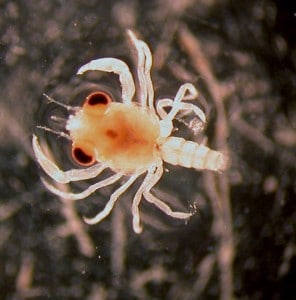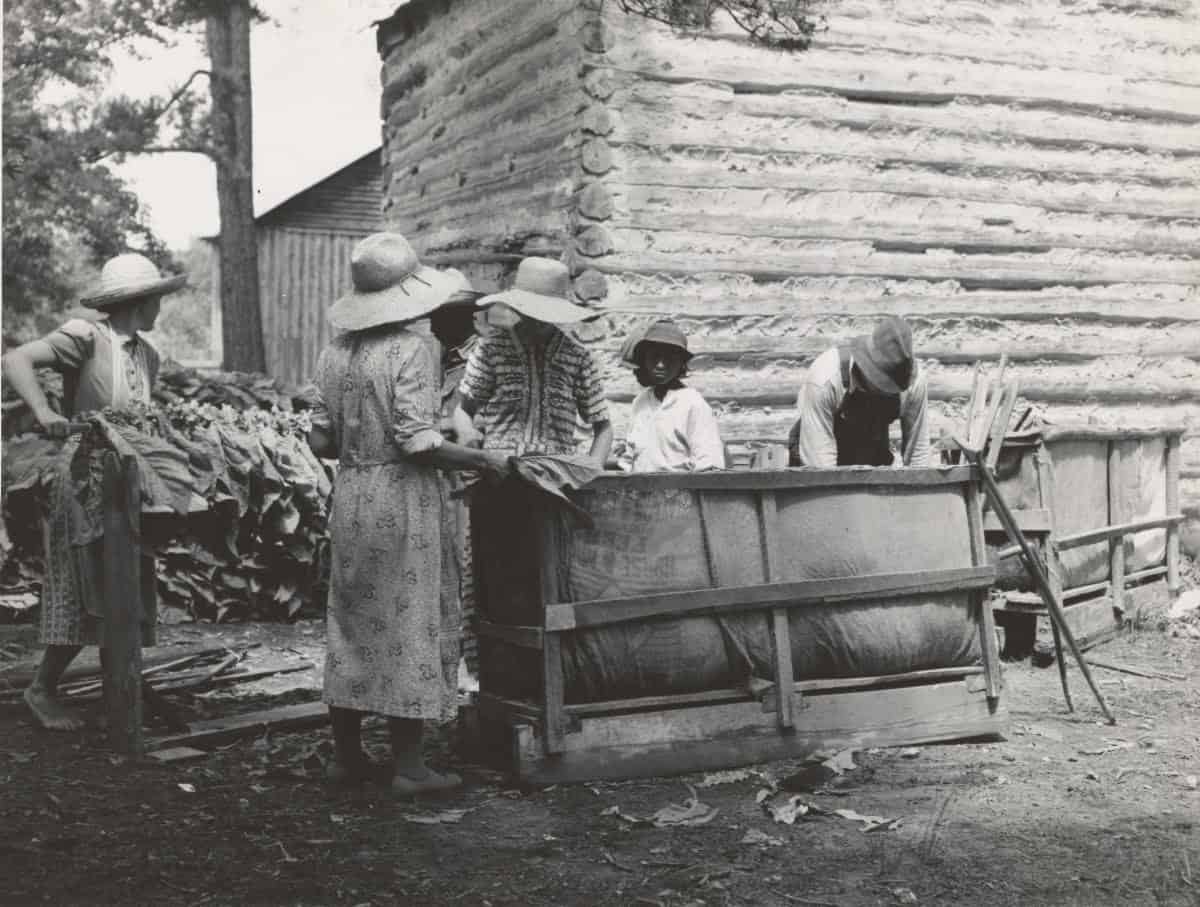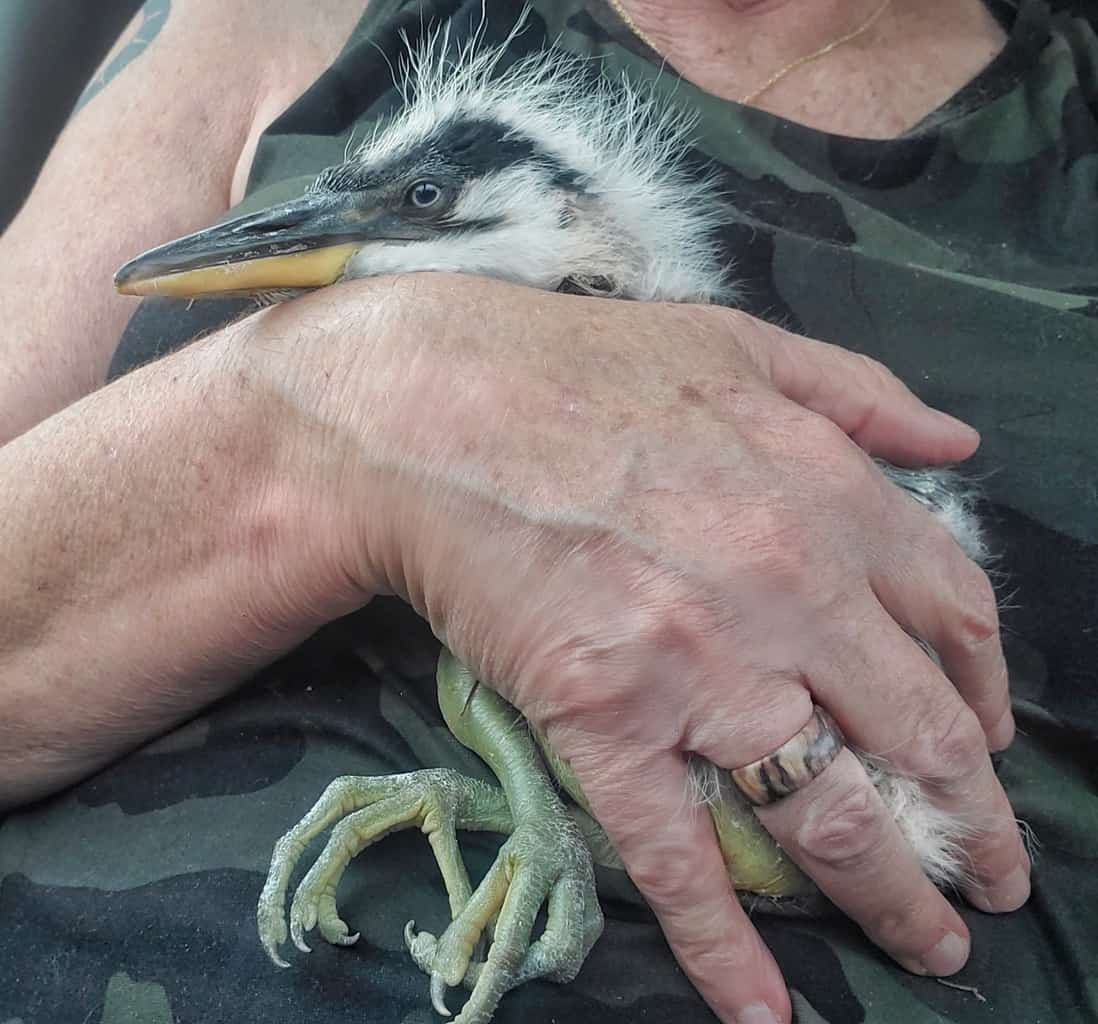A series of itchy experiences in the Virginia Beach surf has caused a panic on social media over “sea lice.” But marine experts tell Bay Bulletin, they’re not lice at all, and there’s no need to panic.
Beachgoers posted on Facebook over the past week, describing “tiny bites” and itching, in bathing suits and all over their arms and legs. Many rushed from the water to the closest shower, but reported the itching lasted longer.
The tiny creatures responsible for the itching, commonly referred to as sea lice, aren’t lice at all. They’re actually blue crab larvae, one day destined to grow big and potentially wind up at your crab feast.
The Virginia Aquarium’s Vice President of Education, Chris Witherspoon, tells us the so-called sea lice are a larval form of the blue crab called the megalops. Witherspoon describes the megalops this way:
“It looks like an alien lobster and its pincers are just big enough to irritate people’s skin and maybe cause a rash. Getting “sea lice” in your bathing suit is uncomfortable but harmless.”
Encounters with the larvae are to be expected this time of year, because of the timing of the blue crab’s life cycle. In late spring, eggs hatch at the mouth of the Bay. Surface currents push the zoea larvae into the ocean, where they transform to megalopae. Those sink to the bottom and ride bottom currents back into the Bay, where they need to be to develop into young crabs, Witherspoon explains.
Megalopae are not to be confused with sand fleas, tiny crustaceans that live in beach sand and also make vacationers itchy.
Witherspoon says we should welcome crab larvae back to the Bay, not fear them: “It takes a lot of larvae for enough to survive the journey and avoid predators for us to have adult blue crabs to harvest. Without megalopae appearing along shore and in the Bay each summer, there would be no blue crabs here.”
-Meg Walburn Viviano




